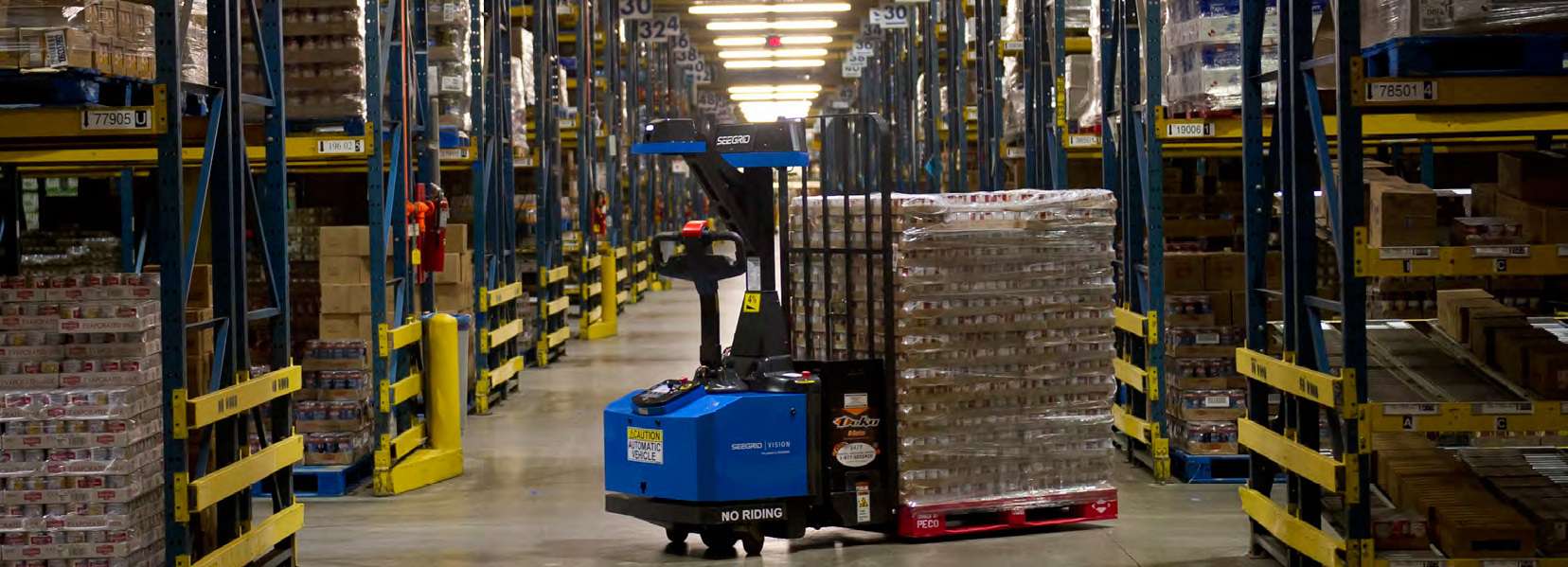
The Automated Guided Vehicles or AGVs is a critical part of an automation system in which the goal is to increase productivity while reducing errors, accidents, and labor costs. In a nutshell, this “intelligent” vehicle combines software and sensor technologies to carry and move materials around a facility without an onboard human driver.
One of the most notable advantages of AGV is the significant reduction in work-related injuries. Unlike people who are prone to fatigue and distraction, this guided vehicle uses software to prevent errors.
Several studies have already shown a strong link between worker fatigue and accidents, especially when it involves a 10-hour shift. According to a study published by the American Journal of Industrial Medicine, there is a 13% increased risk after a 10-hour shift and a 27.5% higher rate of accidents at 12 hours. Researchers also attributed longer shifts to errors in decision-making and lack of awareness and attentiveness.
Historically, AGVs and other automation systems can drastically reduce workplace accidents and injuries, provided that companies have safety training and protocols for their workers.
Related articles:
- What Are the Benefits of Automated Guided Vehicle
- The Benefits of Automated Guided Vehicles in Manufacturing and Distribution Industries
AGV and forklift replacement parts provider Wholesale Industrial Parts has shared some tips for a safer workplace with the use of this “smart load-carrying vehicle.”
- Keep tracks clear.
Today’s AGVs use cameras and laser technology to guide them around a facility or warehouse. While they can detect debris, humans, and other obstacles, it still makes sense to clear their pathway to promote safety and efficiency.
A good rule of thumb is to prohibit workers from walking along the marked tracks to prevent injuries and ensure that no equipment or material blocks the AGVs’ pathway.
Furthermore, make sure that there is at least a 0.5 meter or 19.7-inch clearance between an AGV (including its load) and any equipment or external structure.
- Use a more sensitive camera.
Most indoor AGVs use laser scanners to detect obstacles; however, they are not fool-proof technology because they cannot see objects higher than the laser scanner’s field of view and things raised off the ground (e.g., a jutting pole).
To provide coverage for the “blind spot,” there are 3D cameras that can process in-depth images composed of intensity and distance. Once they detect an obstacle, they “tell” the AGVs to slow down, stop, or navigate around it.
These “smart” cameras can also be used with manned forklifts (which are known for having “unforgiving blind spots) because they can be integrated with sound alarms and warning lights to alert the driver when an obstacle is detected.
- Provide workplace training.
While AGVs have sensitive sensors that can detect obstacles, they may not slow down or stop right in time to prevent collision if someone suddenly walks in front of them.
To prevent accidents, all workers should receive workplace training, which should specify that they should never walk directly in front of an AGV.
- Use other safety systems.
AGVs and other automated systems are generally predictable and safe. Nevertheless, they should still be fitted with safety systems that will halt their operation in the event of a program error.
Other AGV Safety Measures
Aside from employee training and “smart” technology, using high-quality AVR and forklift replacement parts is another critical factor that ensures workplace safety.
If you need replacement parts for your AVRs and other commercial vehicles and equipment, contact Wholesale Industrial Parts. The company also provides a wide range of safety gear, including goggles, safety harnesses, gloves, hard hats, to name a few.
